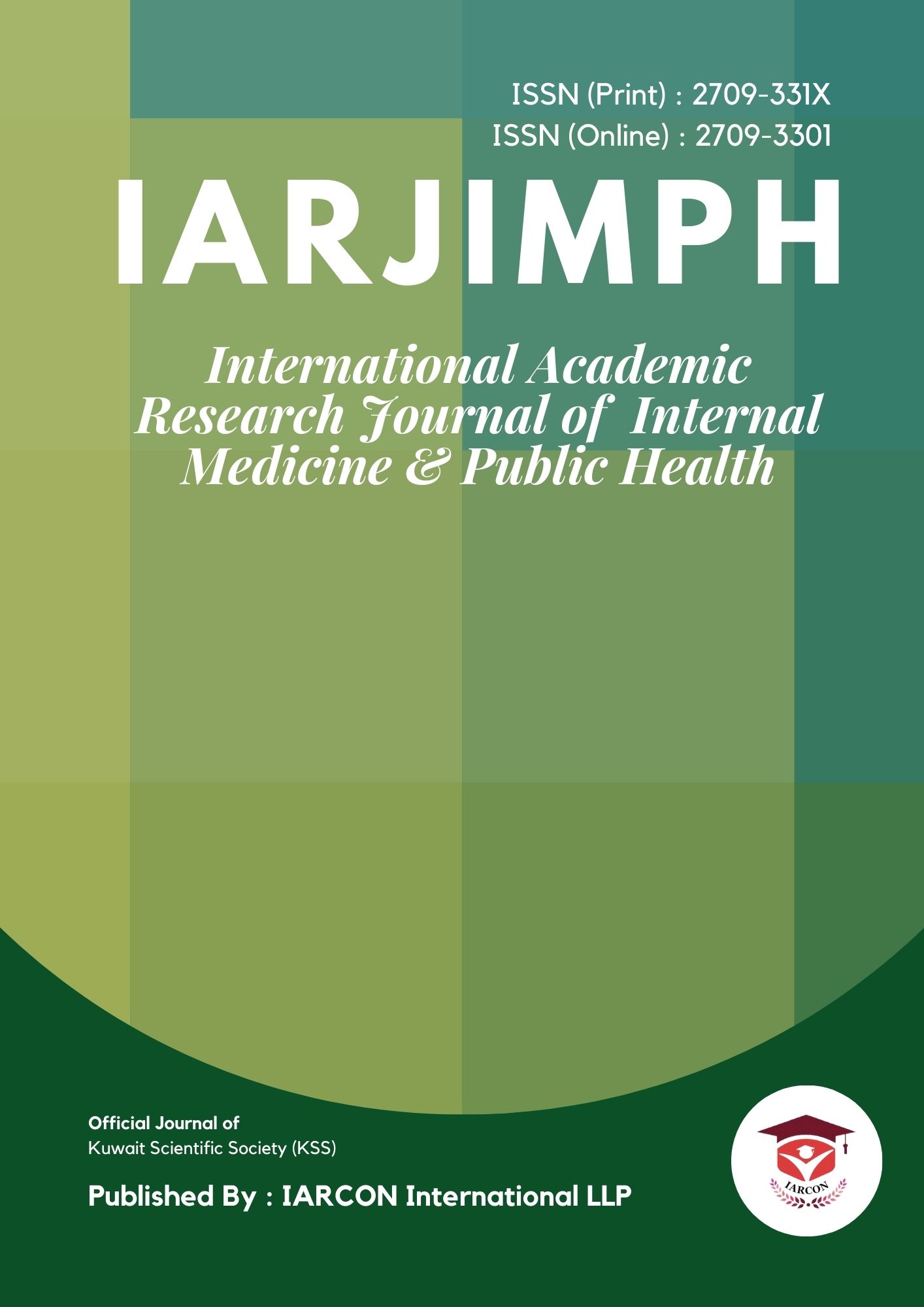
+91 6002993949
submission@iarconsortium.org
International Academic Research Journal of Internal Medicine & Public Health
Open Access
ISSN (Print) : 2709-3301
ISSN (Online) : 2709-331X
Menu
Submit your article
